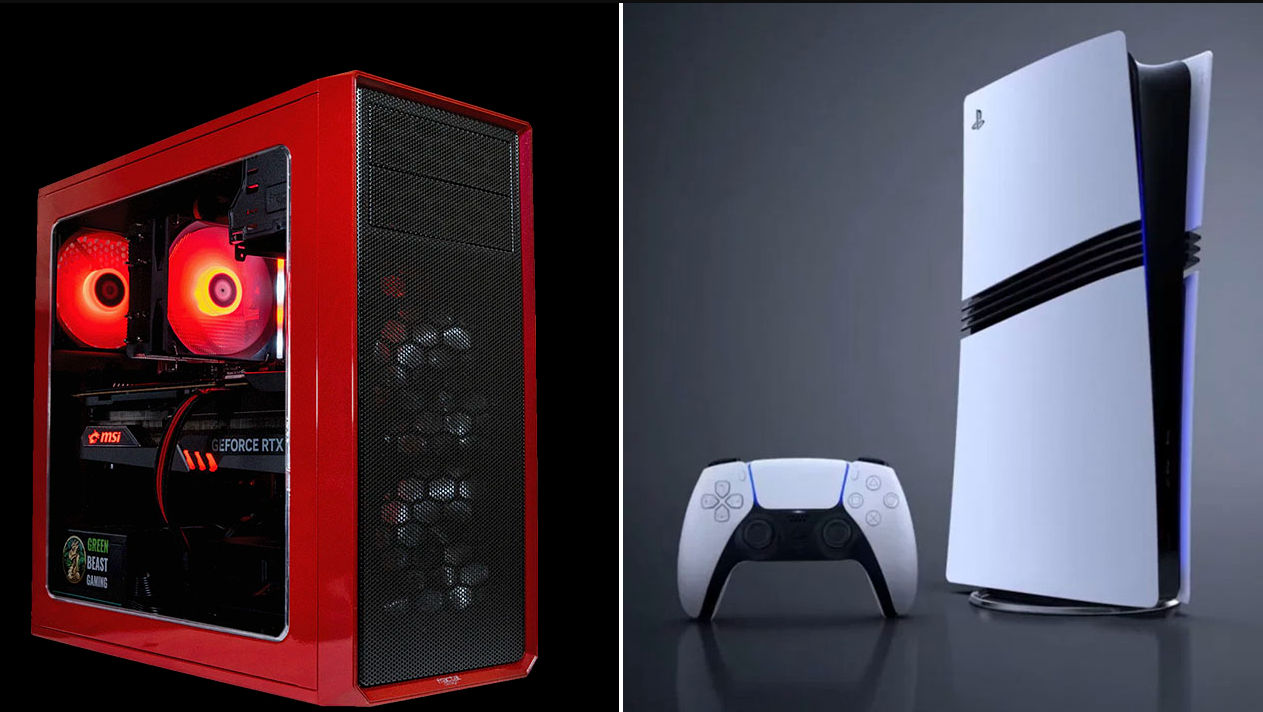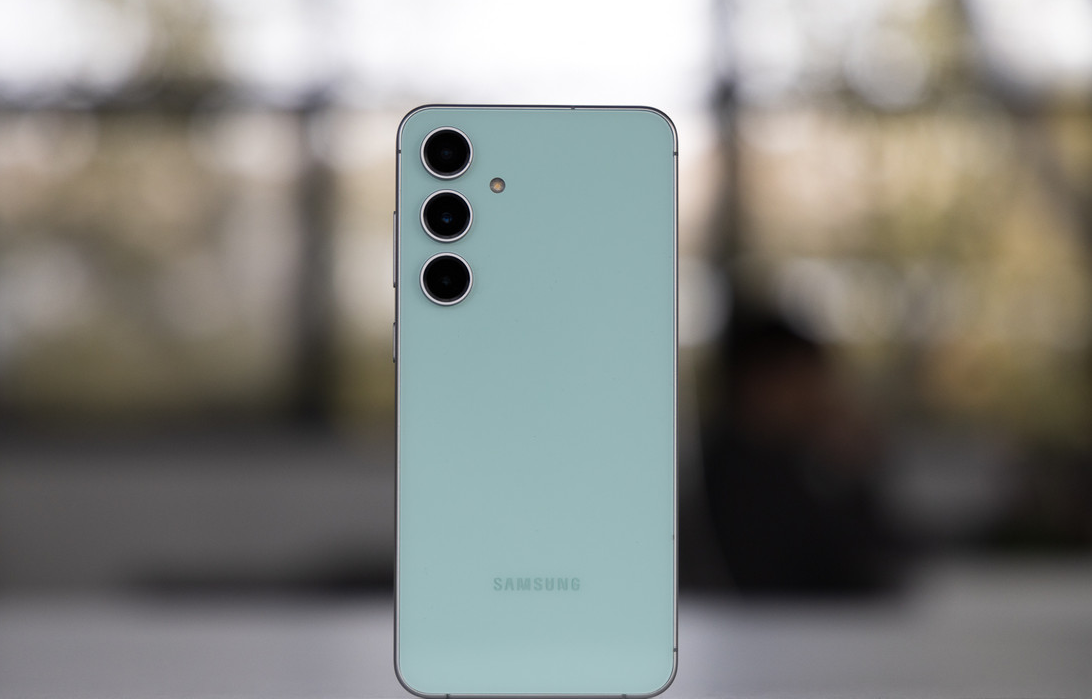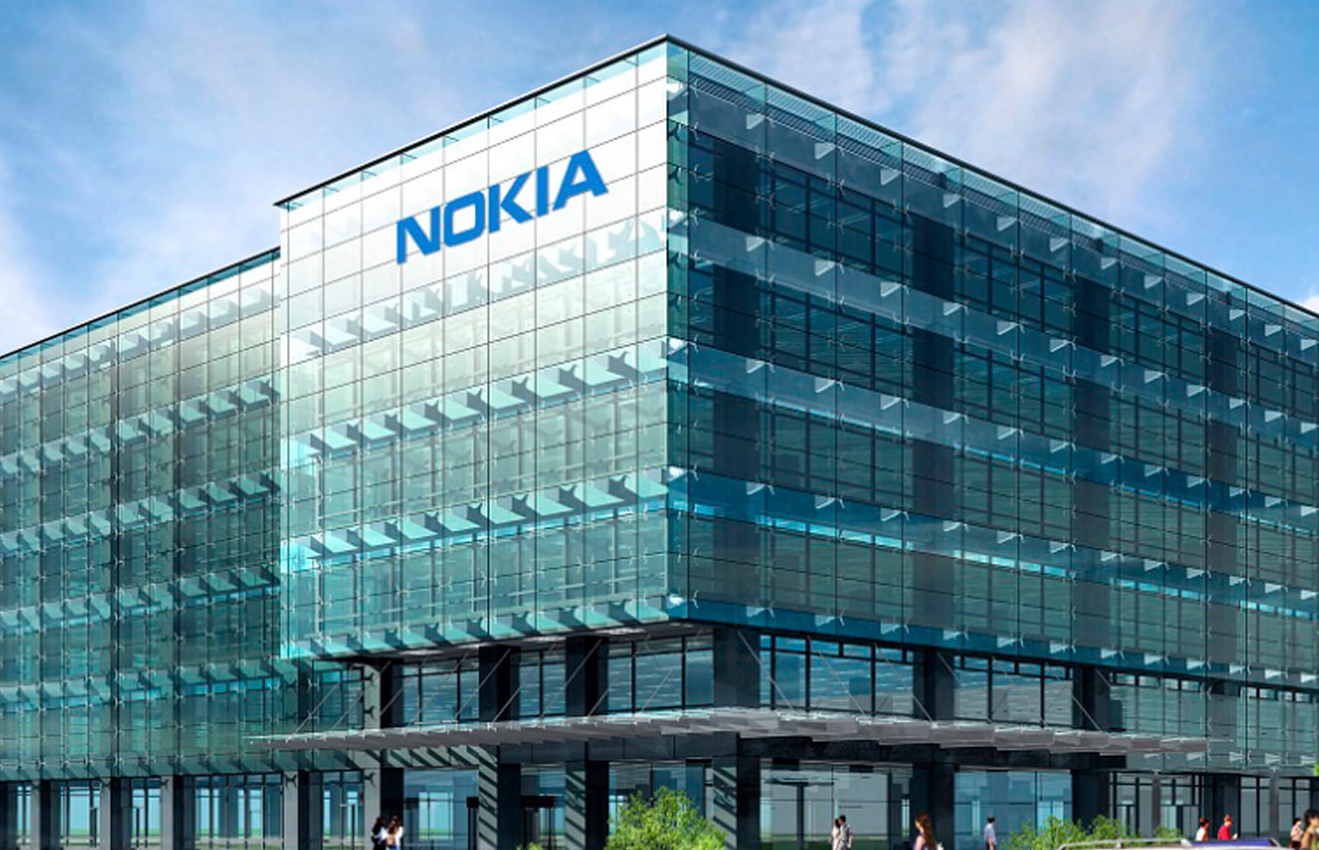The 2024 graphics card rankings are not only a guide for gamers, graphic design and video editing professionals, but also a valuable resource for those looking to stay on the cutting edge of technological advancement. This year, the graphics card market continues to amaze us with innovation, speed and power, making choosing the perfect card all the more exciting.
Leading Market Players
As we head into 2024, the market leaders are undoubtedly NVIDIA and AMD, each of which has introduced a number of impressive models to suit different needs and budgets.
NVIDIA
NVIDIA continues to dominate the high-performance graphics card segment with its latest line of GeForce RTX 40-series graphics cards. These cards feature Ada Lovelace architecture for incredible performance in games and content creation applications, support for real-time ray tracing technology, and advanced artificial intelligence algorithms for enhanced image quality.
AMD
AMD is answering the challenge with its Radeon RX 7000 series, utilising the latest RDNA 3 architecture. These cards feature high energy efficiency, powerful performance at 4K resolution and support advanced technologies such as FidelityFX Super Resolution to improve image quality without significant performance loss.
Top 10 Video Cards Ranking
NVIDIA GeForce RTX 4090
Technical specifications
- Architecture: Ada Lovelace
- Number of CUDA cores: More than 16000
- Memory: 24 GB GDDR6X
- Memory bus capacity: 384 bits
- Technologies: DLSS 3.0, Ray Tracing, PCIe 4.0
Advantages
- Unrivalled performance in games and content creation applications.
- Supports real-time ray tracing and DLSS 3.0 technology for improved image quality and performance.
- Huge memory capacity and high bandwidth, ideal for demanding applications.
Disadvantages
- High price.
- High power consumption.
- Requires a powerful cooling system and a fairly spacious case.
AMD Radeon RX 7900 XTX
Technical specifications
- Architecture: RDNA 3
- Stream processors: More than 10000
- Memory: 24 GB GDDR6
- Memory bus capacity: 384 bits
- Technologies: FidelityFX Super Resolution, Ray Tracing, PCIe 4.0
Advantages
- High performance at 4K resolution.
- Excellent energy efficiency compared to previous generations.
- Supports advanced image enhancement and ray tracing technologies.
Disadvantages
- May be inferior to the RTX 4090 in some games, especially ray tracing.
- High price, although lower than NVIDIA’s top-of-the-line model.
NVIDIA GeForce RTX 4080
Technical specifications
- Architecture: Ada Lovelace
- Number of CUDA cores: About 10000
- Memory: 16 GB GDDR6X
- Memory bus capacity: 256 bits
- Technologies: DLSS 3.0, Ray Tracing, PCIe 4.0
Advantages
- High performance in ray tracing and high resolution games.
- DLSS 3 support for improved performance without sacrificing image quality.
- A balance between price and performance for enthusiasts.
Disadvantages
- The price can still be high for the average consumer.
- Power consumption remains significant, requiring a quality cooling system.
AMD Radeon RX 7800 XT
Technical specifications
- Architecture: RDNA 3
- Stream Processors: About 10,000
- Memory: 16 GB GDDR6
- Memory bus capacity: 256-bit
- Beam Tracing: Support in hardware
- FidelityFX Super Resolution: Supports FSR 2.0
Advantages
- Good performance in resolutions up to 4K.
- Balance between performance and price.
- Energy efficiency and support for advanced image enhancement technologies.
Disadvantages
- May be inferior in performance to top models from NVIDIA in some tasks.
- There are relatively fewer optimised games for the RDNA 3 architecture.
NVIDIA GeForce GeForce RTX 4070 Ti
Technical specifications
- Architecture: Ada Lovelace
- CUDA cores: About 7,600
- Memory: 12 GB GDDR6X
- Memory bus resolution: 192-bit
- Ray tracing: Yes, 3rd generation
- DLSS Technology: Supports DLSS 3
Advantages
- High performance in most modern games at 1440p resolution.
- Supports ray tracing and DLSS 3 to improve image quality.
- Great value for money for mid-range gamers.
Disadvantages
- Limited memory for some demanding tasks and future games.
- May not deliver maximum performance in 4K games at ultra-high settings.
Intel Arc Alchemist A770
Technical specifications
- Architecture: Xe-HPG
- Cores: About 4096
- Memory: 16 GB GDDR6
- Memory bus capacity: 256-bit
- Beam Tracing: Support in hardware
Advantages
- Competitive performance in 1440p resolution gaming.
- Support for ray tracing and AI acceleration.
- Attractive price for the mid-market segment.
Disadvantages
- May be inferior in performance to top models from NVIDIA and AMD.
- Limited support and optimisation in games at launch.
NVIDIA GeForce GeForce RTX 4060 Ti
Technical specifications
- Architecture: Ada Lovelace
- CUDA cores: About 5,000
- Memory: 8 GB GDDR6
- Memory bus capacity: 128-bit
- Ray tracing: Yes, 3rd generation
Advantages
- Good performance in 1080p and 1440p games.
- Supports ray tracing and DLSS to improve image quality.
- Effective price/performance ratio for a wide audience.
Disadvantages
- Limited memory may be a hindrance for some future games.
- Not ideal for gaming at 4K resolution.
AMD Radeon RX 7700
Technical specifications
- Architecture: RDNA 3
- Stream processors: About 8,000
- Memory: 12 GB GDDR6
- Memory bus resolution: 192-bit
- Beam Tracing: Support in hardware
Advantages
- Excellent performance in 1440p resolution.
- Energy efficiency and advanced technology to enhance the image.
- Good price/performance ratio.
Disadvantages
- May not provide the best performance in ray tracing games compared to competitors.
- Limited support in games and apps initially.
NVIDIA GeForce RTX 4050
Technical specifications
- Architecture: Ada Lovelace
- CUDA cores: About 3,000
- Memory: 6 GB GDDR6
- Memory bus capacity: 128-bit
- Ray tracing: Yes, 3rd generation
Advantages
- Suitable for quality gameplay in 1080p resolution.
- Support for ray tracing and DLSS in the budget segment.
- A great option for builds on a tight budget.
Disadvantages
- Limited capabilities for high-resolution games and demanding applications.
- Relatively smaller memory capacity.
AMD Radeon RX 7600 XT
Technical specifications
- Architecture: RDNA 3
- Stream processors: About 6,000
- Memory: 8 GB GDDR6
- Memory bus capacity: 128-bit
- Beam Tracing: Support in hardware
Advantages
- Good performance in 1080p and entry level 1440p gaming.
- Supports advanced technologies including FSR for improved image quality.
- An attractive option for gamers on a tight budget.
Disadvantages
- Limited options for gaming in 4K.
- May be inferior to higher class cards when using ray tracing.
Key Trends and Innovations
- Ray tracing and AI: Technologies such as NVIDIA’s DLSS (Deep Learning Super Sampling) and AMD’s FSR (FidelityFX Super Resolution) continue to improve image quality and performance, making ray tracing and high resolutions more accessible.
- Energy Efficiency: With growing concerns about power consumption, the new graphics cards deliver better performance with lower power consumption, thanks to advanced architectures.
Choosing a graphics card in 2024 is not just a choice between AMD and NVIDIA, but also between different levels of performance, power efficiency and price points. It’s important to prioritise your priorities, whether you’re looking for gaming capabilities at ultra-high settings, working with professional-grade graphics, or just a reliable card for everyday use. Either way, the current market offers impressive options for every user, proving that technological advances don’t stand still.
Take your next step in the world of video cards with reBITme.com and enjoy the benefits. Enjoy your shopping!




